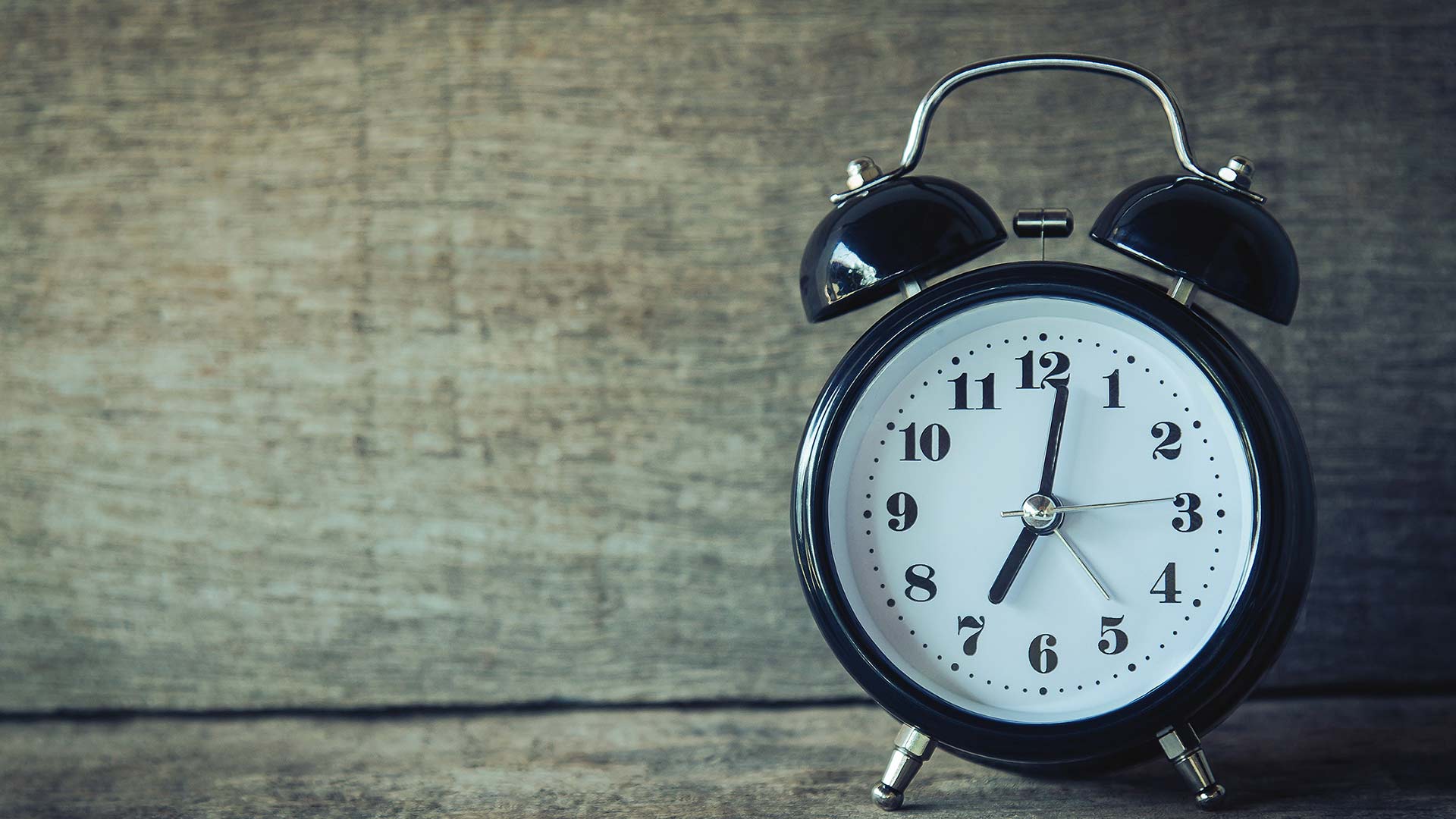Body Clocks and Changing Time
Yesterday we said hello to British Summer Time, when, at 1am, our clocks went forward by an hour. Although the American Benjamin Franklin alluded to daylight saving in 1784, and some residents in Ontario, Canada, experimented with the concept in 1908, the person we have to thank for it – or not (read: the never-ending squabble over its merits) – is William Willett.
Even though Willett had been campaigning for the introduction of daylight saving since 1907, to make better use of the daylight, he didn’t get to reap the so-called benefits because it was introduced the year after he died, in 1916. It’s not all bad though… there is a nod (I assume) to Willett in Coldplay’s famous song Clocks, thanks to his great-great-great grandson, Chris Martin.
Back to 1916, Germany was first in line to embrace Willett’s thinking, introducing the mechanism to save energy (namely coal) and improve productivity during the First World War – the UK and many other countries then followed suit. Over the next few years daylight saving was introduced across the globe (with many countries dipping out, e.g. the end of WW1, and back in, e.g. during WW2, over time).
In the UK we’ve gone through numerous daylight saving strategies. There was “Double British Summer Time” during the Second World War where, you guessed it, clocks went forward by two hours. From 1968-1971 we had three years of continuous summertime, where clocks went forward, but not back; this experiment was wound up as, apparently, it wasn’t feasible to analyse the advantages and disadvantages. And today’s system is based on the Summer Time Act 1972, where clocks change on the last Sunday of March and October.
Today, approximately 70 countries – that’s fewer than 40% – change their clocks to some degree. So, there’s probably quite a few people feeling a bit sluggish at this time of year, and it’s no surprise – our bodies can take a few days to recover. To grasp why some of us feel like this, it’s important to understand the bigger picture and the science behind it.
The body’s natural circadian rhythm is largely controlled through a balancing act between the stress hormone (cortisol) and sleep hormone (melatonin). This rhythm changes throughout our lives and varies between people – that’s why there are night owls and morning larks amongst us (yes, it’s a hormonal response, so you have an excuse).
The release of these hormones is controlled by the suprachiasmatic nucleus (SCN), a part of the brain that has evolved to act as a master clock to ensure that enzymes and hormones, necessary for digestion, sleep and alertness, are appropriately balanced. This in turn also impacts things like blood pressure and core body temperature, both of which lower as we enter different phases of sleep.
If left unchecked by external synchronisers (such as light) this cycle will run closer to a 25-hour rotation that, after time, leaves us out of sync with our natural surroundings. Light is therefore critical because it trims down the duration of the sleep cycle, allowing us to smoothly adapt to our sleep and digestive cycles during the changing seasons.
The body naturally increases the production of cortisol from about 3am and combined with the trigger of natural light our blood pressure, core body temperature and heart rate gradually increase causing us to wake-up naturally.
So, what does this have to do with daylight saving as we leap into spring? Well, as we’ve learnt, throughout the 20th century the natural process of waking up has been disrupted for the majority because they’re woken at an arbitrary time dictated by work.
The body’s wake/ sleep cycle adjusts to our habits and time zones reasonably quickly, so for the naturally early risers (and those who keep the curtains open) the 1-hour change can have minimal impact. But many of us live in cities and take measures to blackout artificial (and therefore natural) light spill, which acts as a cue to wake up. So, this makes the impact of that hourly shift a bit harder to cope with for one or two days following the change (1).
Yet, for some, it can be much worse. Sadly, for the more vulnerable of us, such as those with underlying health conditions, the increased stress on our cardiovascular system can lead to an increased risk of Myocardial Infarction (MI), or, in layman’s terms, a heart attack (2).
So, what’s the future for the contentious practice of daylight saving? Well, the European Parliament has voted to scrap it in 2021 and in the US it’s on the legislative agenda almost every time the clocks change. So, who knows – I guess only time will tell?
Assuming that daylight saving will be on the agenda next year, and our clocks will “spring forward” again in March 2021, there are a few things you could try to ease the transition, especially if you are not a born early riser: go to bed half an hour earlier in the run-up to the clocks changing; the day before (Saturday) get up an hour earlier; if possible, let natural light wake you up; or, perhaps it’s time to introduce a sunrise light into your life (my colleague Kael wrote about one here).
Image by Aphiwat chuangchoem from Pexels
Blog post by Emilio Hernandez


